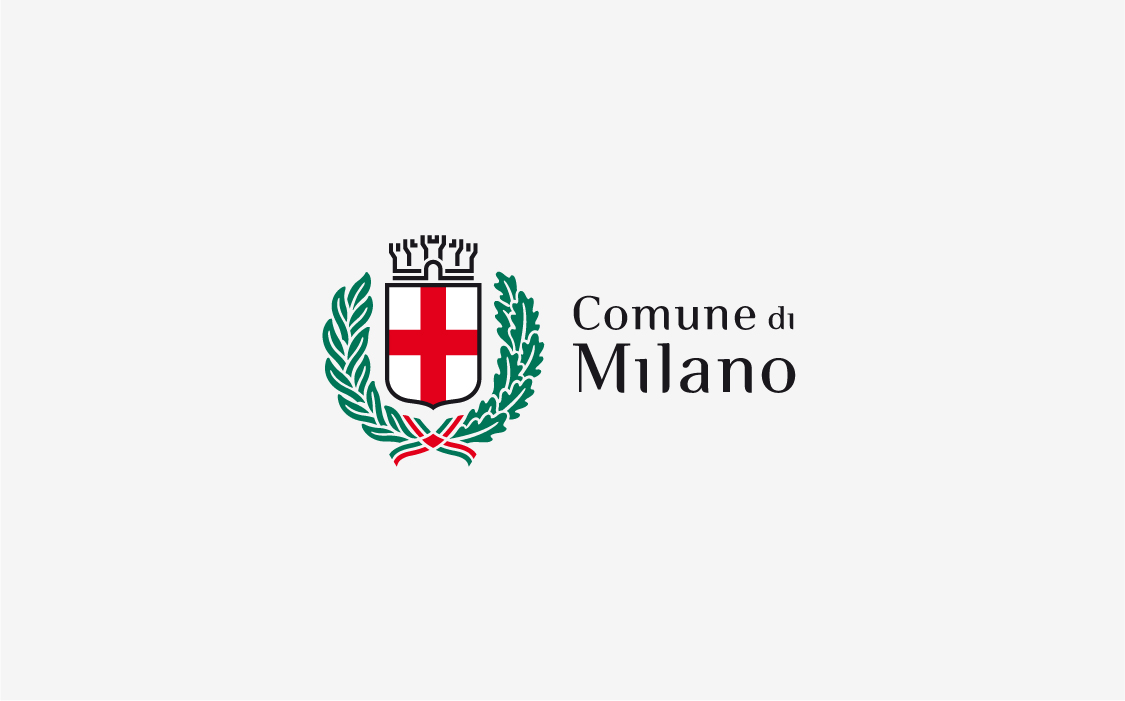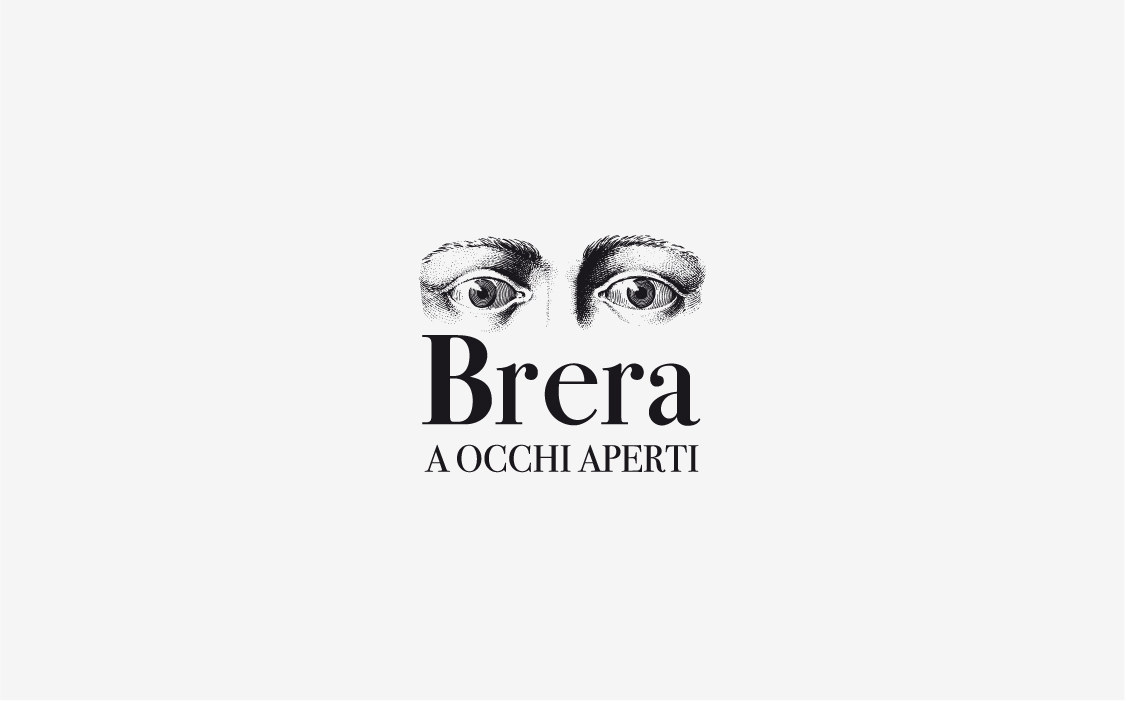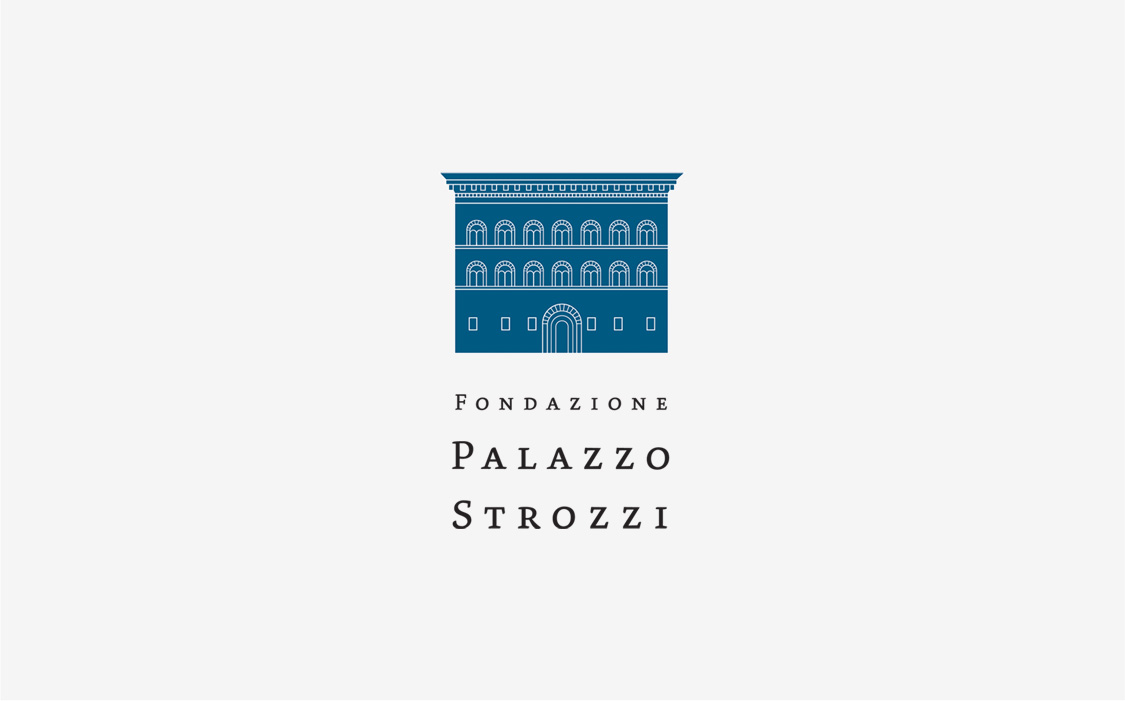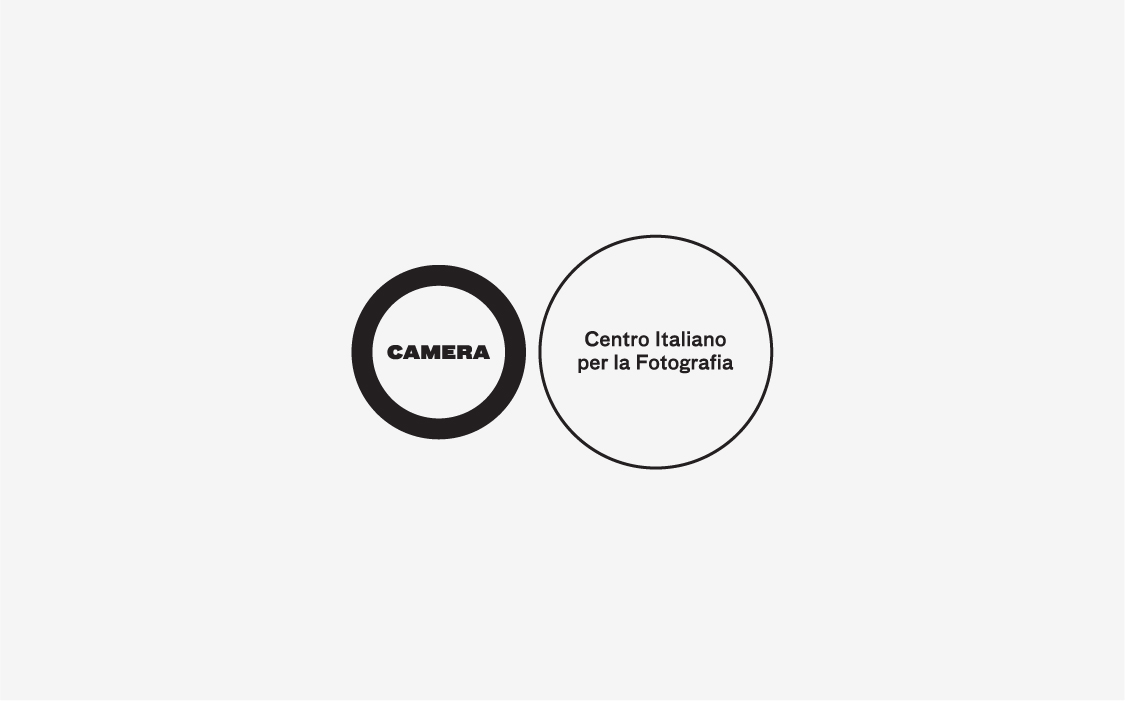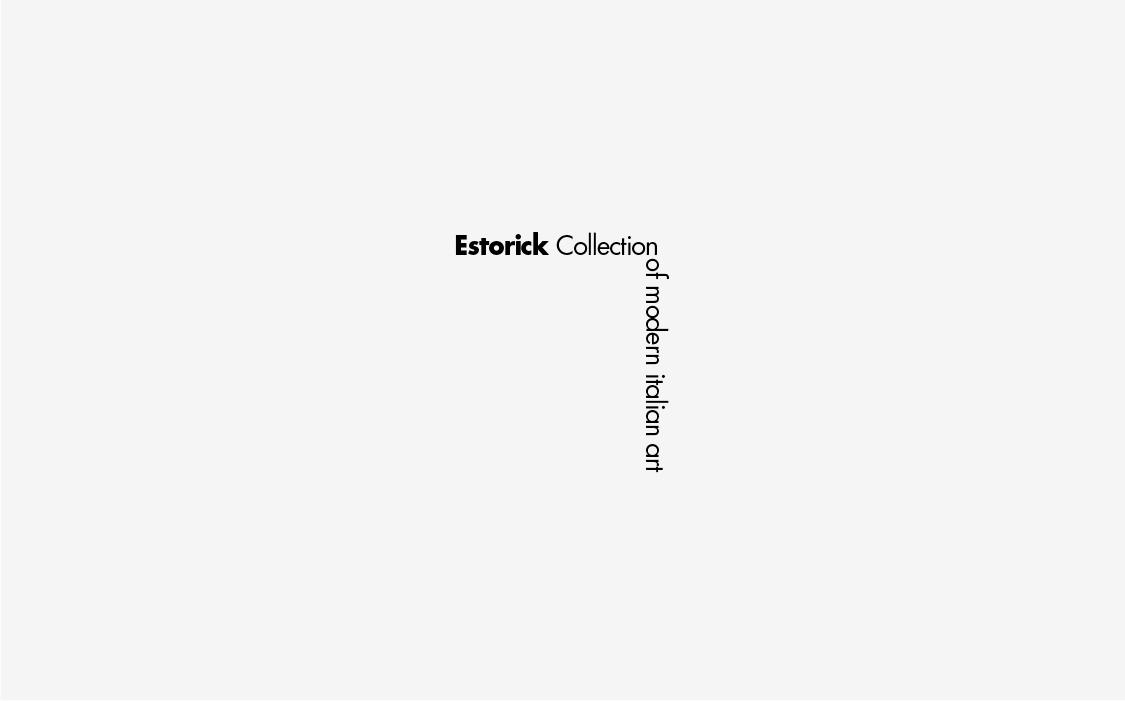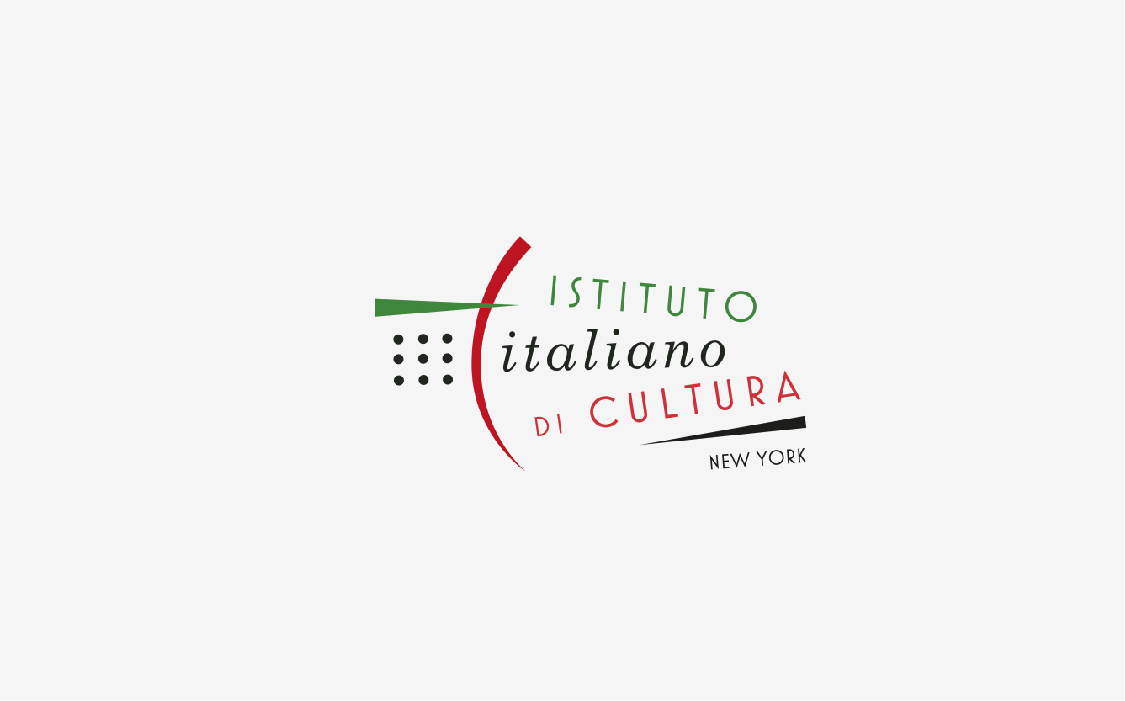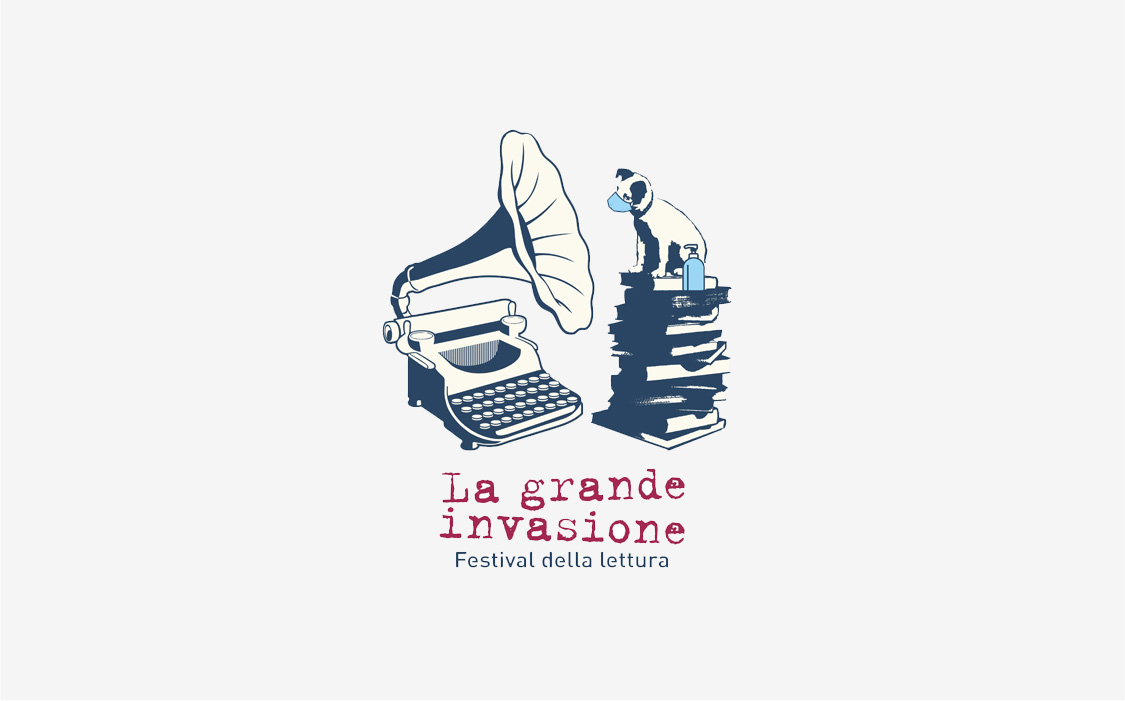Artistic and cultural Partnerships
With close collaborative ties between public and private entities, and an effective planning of the Bank’s projects aimed at fostering the country’s cultural growth and civic development, Intesa Sanpaolo helps to safeguard and promote Italy’s historic and artistic heritage with the “Progetto Cultura” initiative.
To protect Italian heritage and promote an awareness of its beauty, we support museums and institutions across the country, whose initiatives - involving theatre, music, photography, film, publications, books and reading - contribute to the cultural growth and civic development of Italy.

Fondazione Brescia Musei
With the aim of promoting the artistic and monumental heritage of the city of Brescia, the Brescia Museums Foundation manages a unique museum system consisting of the Museo di Santa Giulia and Brixia Parco archeologico di Brescia romana – recognised as a UNESCO World Heritage Site since 2011 – Pinacoteca Tosio Martinengo, Brescia Castle with the Museo delle Armi “Luigi Marzoli” and the Museo del Risorgimento Leonessa d’Italia. Holders of the admission ticket to Gallerie d’Italia are entitled to reduced ticket price to all the museums and the Foundation’s temporary exhibitions, and vice versa.

Cortona on the Move
The international festival dedicated to contemporary photography, conceived by Associazione Culturale ONTHEMOVE, was born in 2011. The event, whose aim is to uncover original forms of visual communication, features the very best visual-narrative productions from across the globe. Each summer, to mark the occasion, the Tuscan town of Cortona hosts events, workshops and sessions with internationally renowned photographers against its Etruscan-village background.

Artissima
One of Italy’s leading contemporary art fairs, Artissima is considered one of the world’s leading exhibitions for its exclusive, specialist focus on the contemporary art scene. Since its launch in 1994, the fair has been showcasing innovative international artists and reflecting key trends and directions in modern-day culture.
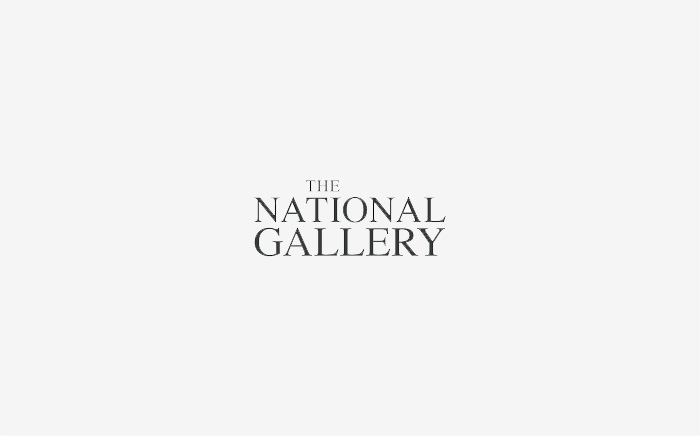
National Gallery
The National Gallery is one of the greatest art galleries in the world. Founded by Parliament in 1824, the Gallery houses the nation's collection of paintings in the Western European tradition from the late 13th to early 20th century, including masterpieces by Bellini, Cézanne, Degas, Leonardo, Monet, Raffaello, Rembrandt, Renoir, Rubens, Tiziano, Turner, Van Dyck, Van Gogh and Velázquez.
Fondazione Querini Stampalia
Set in a contemporary venue, this institution openly embraces the arts, reading and education. It was commissioned in 1869 by Count Giovanni Querini Stampalia, the last descendant of the family and a cultured philanthropist. Its museum in the heart of Venice is one of the most important and best-preserved house-museums in Europe. Since 2018, the Intesa Sanpaolo collection containing treasures from between the 16th and 20th centuries, previously belonging to the collections of the Cassa di Risparmio di Venezia, has been permanently open to the public.
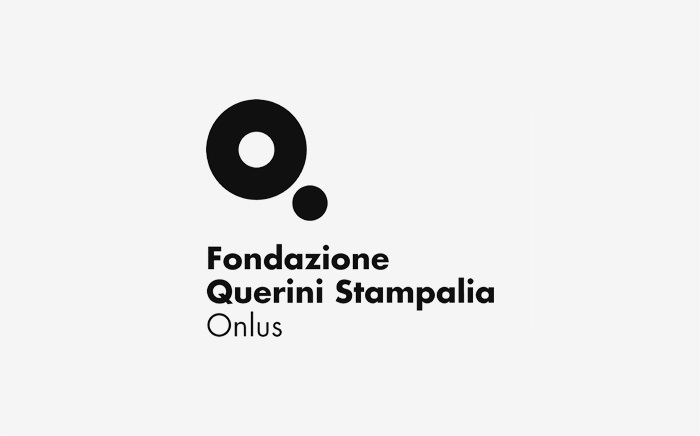
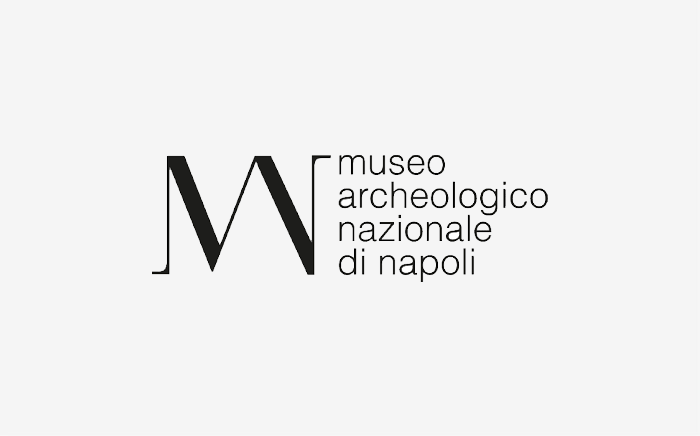
Museo Archeologico Nazionale di Napoli
Housed in the Palazzo degli Studi, built in 1585 as a cavalry barracks, the MANN is a museum with a rich and valuable heritage of artworks and artefacts, considered one of the most important archaeological museums in the world for Roman art. The museum features private collections acquired or donated to the city over the centuries.
Fondazione Musei San Domenico - Cassa dei Risparmi di Forlì
Located in Forlì, these museums owe their name to a Dominican convent dating back to the 13th century. The complex consists of five buildings: Palazzo Pasquali, Chiesa di San Giacomo Apostolo, Convento dei Domenicani, Convento degli Agostiniani and Sala Santa Caterina. The Pinacoteca Civica di Forlì is inside this complex. Temporary exhibitions are also hosted here.
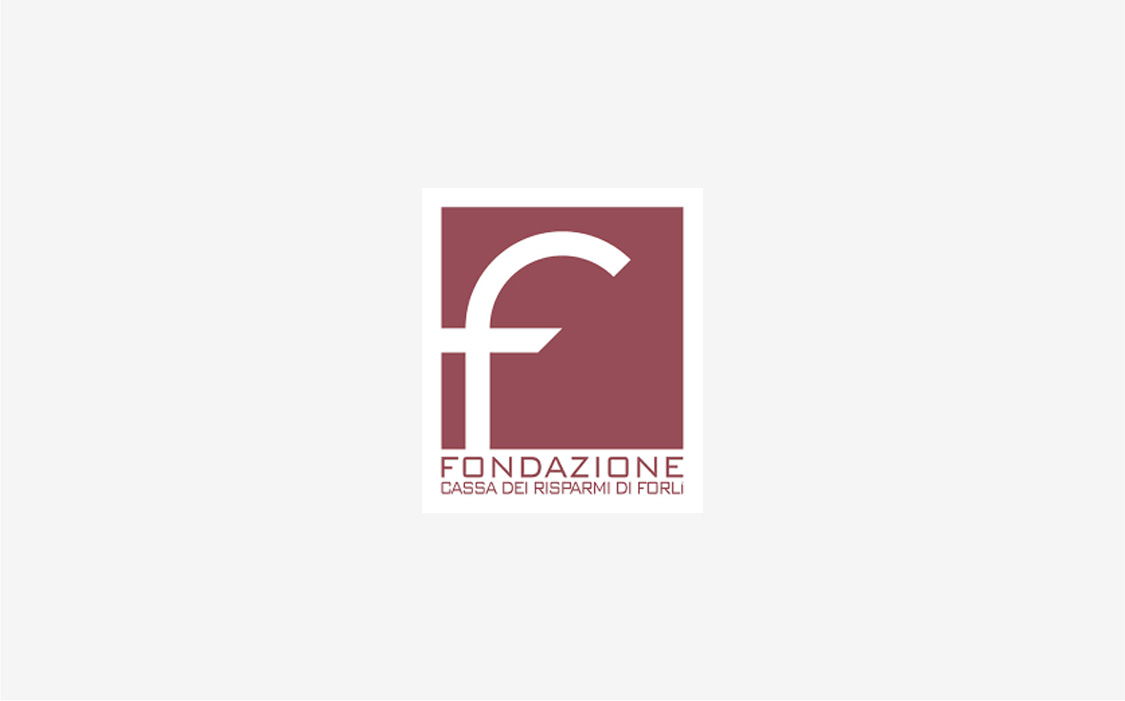

Museo di Capodimonte
Housed in the royal palace of the same name in the Capodimonte area, it features ancient art galleries, a contemporary art gallery and a centuries-old apartment. It is mainly home to paintings distributed throughout its two main collections, namely the Farnese collection, which includes works by some of the greatest Italian and international painters (including Raffaello, Tiziano, Parmigianino, Bruegel the Elder, El Greco, Ludovico Carracci and Guido Reni), and the Neapolitan Gallery collection, which includes works from churches in the city and surrounding areas, which were brought to Capodimonte as a precautionary measure to protect them from suppressions going forward. Also noteworthy is its collection of contemporary art.
Museo Egizio
Founded in 1824 in the heart of Turin, the Museo Egizio is the oldest museum in the world dedicated to Egyptian civilisation and is considered, in terms of value and quantity of exhibits, the second most important in the world behind the one in Cairo. The extraordinary collection of statues, papyri, sarcophagi and everyday objects takes visitors on a journey through time spanning more than 4,000 years of History, Art and Archaeology.
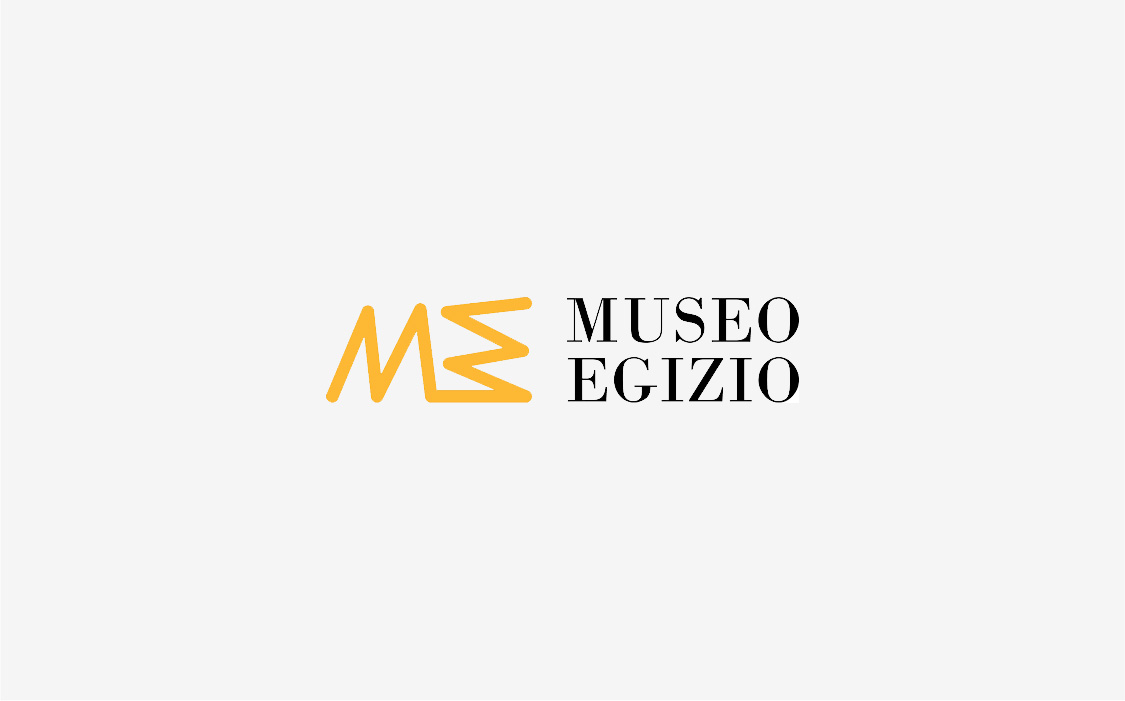

Archivissima
The first and only festival dedicated to archives, it was established in 2018 following the success of The Night of the Archives conceived by Promemoria, which in the two previous years saw the major archives in Turin, whose contents were revisited and re-read by prominent writers, journalists and artists, opened up during the evening-based event. The aim of the festival is to bring new audiences closer to the world of archives, inviting them to explore a different theme at each edition.
Salone Internazionale del Libro
Since 1988, it has been Italy's largest publishing fair. Each year, the entire book-publishing industry comes together at the Lingotto Fiere convention centre. For publishers, the fair represents the most significant opportunity to sell and present new publications. For all readers who attend the event, the fair is a place to meet, discuss, come together and celebrate.
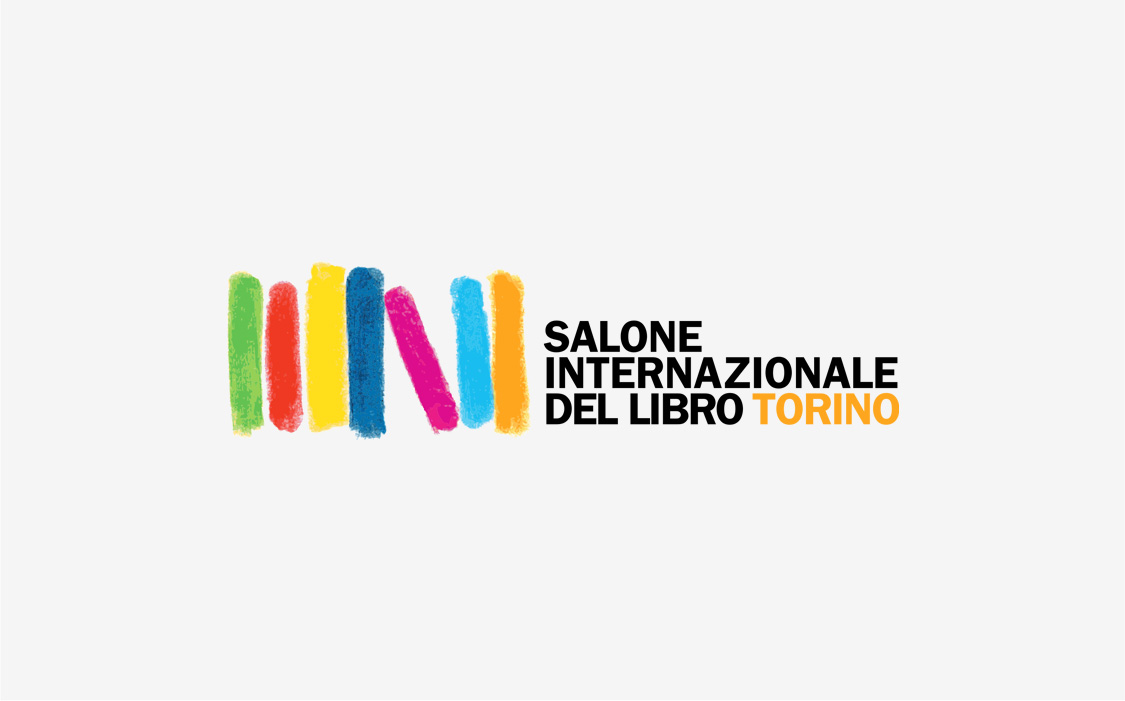
Museo del Cinema
Among the most important venues in the world for its wealth of heritage and multiple scientific and educational activities, the Museo Nazionale del Cinema is truly unique thanks to its special exhibition layout. Housed in the Mole Antonelliana, Turin's symbolic monument, the Museum spirals upwards through the building with multiple exhibition levels, creating a spectacular display of its extraordinary collections and exploring the history of cinema, from its origins to the present day, through an evocative interactive experience.
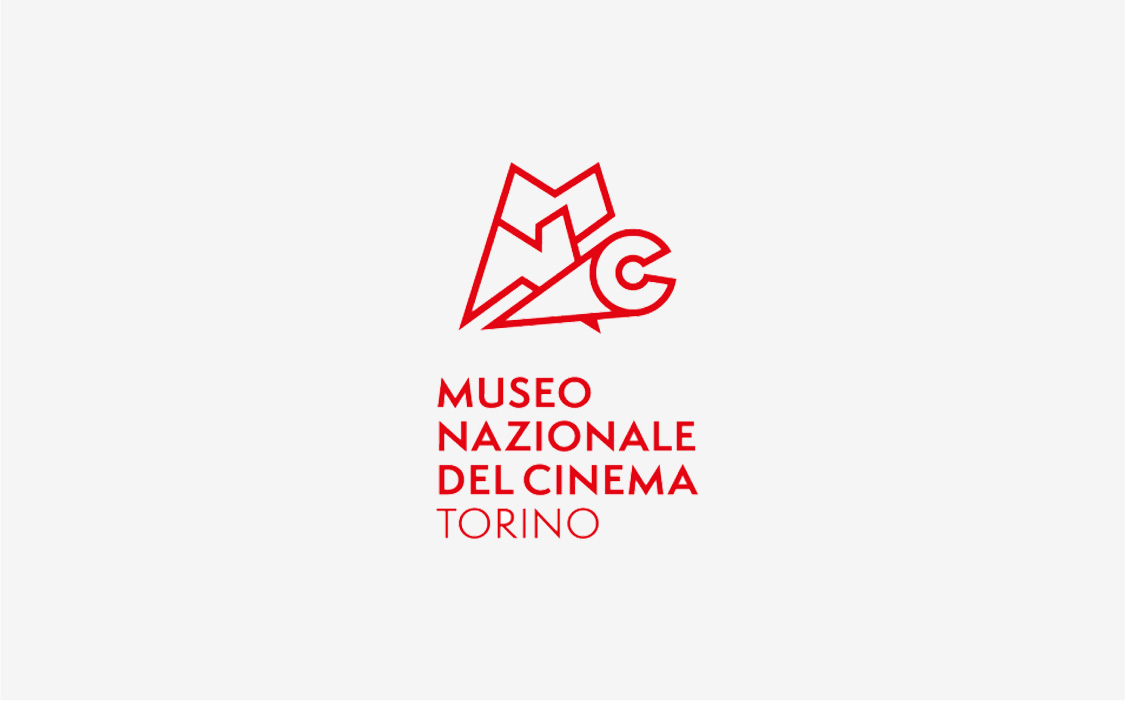
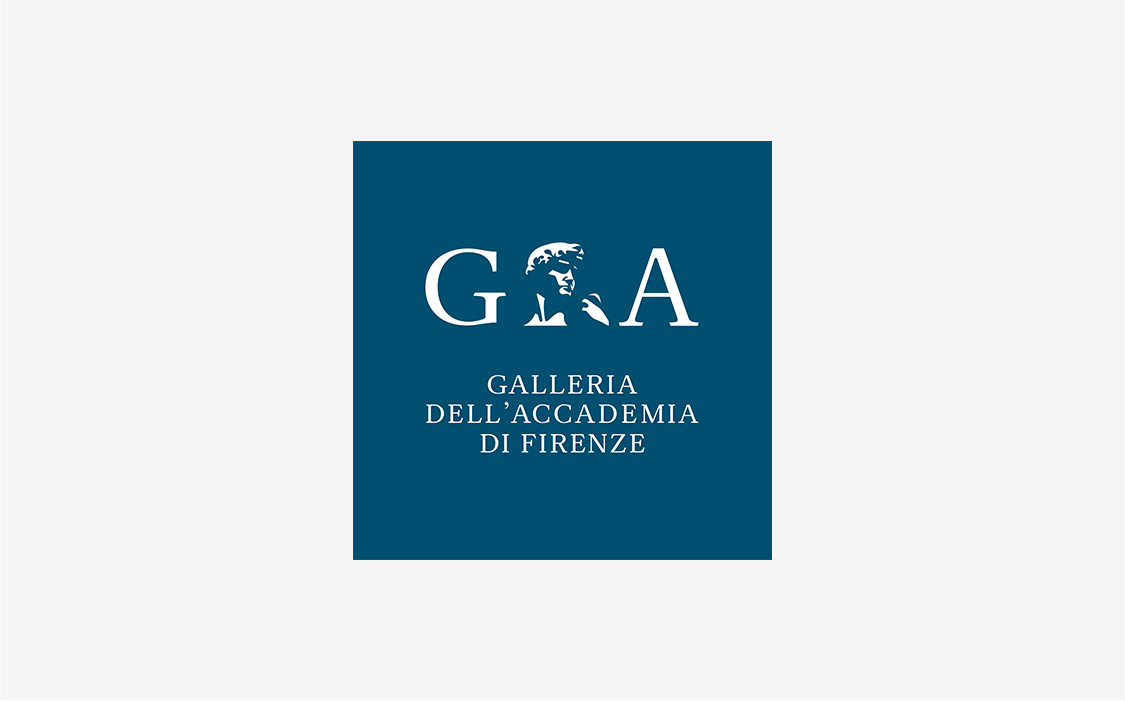
Galleria dell'Accademia Firenze
Located in the heart of Florence, the Galleria dell'Accademia exhibits the largest number of sculptures by Michelangelo in the world. The museum is also home to a large collection of gold-ground paintings by Florentine masters from between the 13th and 16th centuries, and a museum of musical instruments in which artefacts belonging to the historical collection of the Luigi Cherubini Conservatory are on display.
